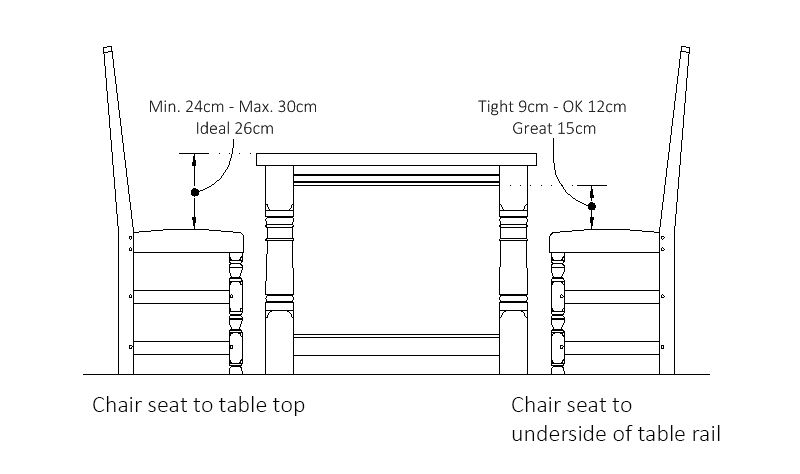ATV sizes, weight and dimensions vary by class, make and model. Buying the right ATV for your needs is important for rider safety and enjoyment. To help you determine what size ATV you should buy I’ll go over the information you need to know.
The size of ATV you need is determined by three important factors. How big you are, how old you are and how much experience you have riding an ATV determine how big your ATV can safely be. Riding an ATV that is too big is dangerous, even for an adult. If your ATV is too heavy it can cause injury during a rollover and the chances of having an ATV accident increase the more powerful the ATV is. Buying the right size ATV is important.
*Important: Under no circumstance should any child ever be allowed to ride an over-sized ATV, it’s very dangerous and is illegal in many places. Check your local ATV laws, in some areas children are not permitted to ride an ATV at all.
*Important: Under no circumstances should any child ride without proper safety equipment, unsupervised, with a passenger or on an ATV with safety equipment disabled or missing. A rev limiter limits how fast a youth ATV can go and should not be removed.
Youth ATV models are approximately 42 inches wide, 46 inches high and 76 inches long. ATVs over 200cc are 48 inches wide, 48 inches high and 84 inches long on average. Exact ATV dimensions vary by manufacturer and model so always sit on and test drive an ATV before buying it to make sure it’s the right size for you.
Visit the ATV Manufacturers page for individual ATV specs.
If you don’t mind paying a little more you can buy an ATV with an automatic transmission and/or power steering to help you control your quad. Other features that might help you better control your quad include aftermarket tires, improved suspension components and a seat which is slightly higher or lower.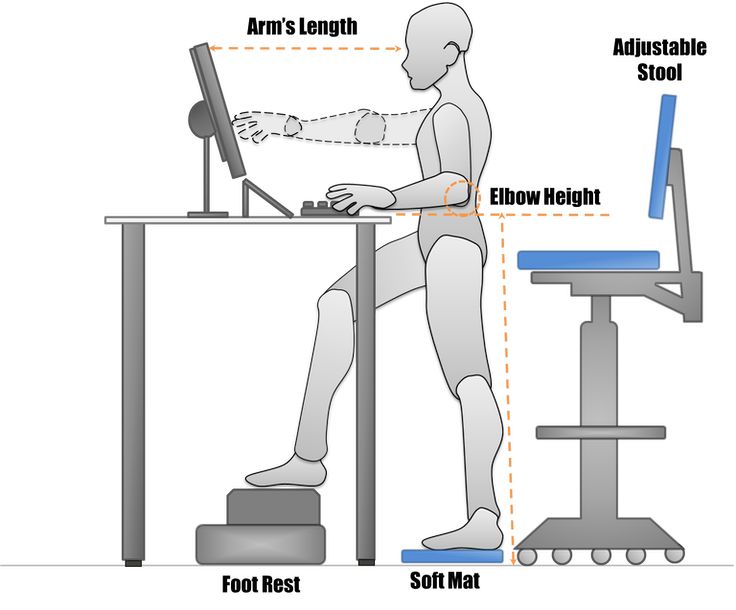 You don’t want to feel cramped on your ATV but you do need to reach all of the controls comfortably.
You don’t want to feel cramped on your ATV but you do need to reach all of the controls comfortably.
ATV manufacturers produce models based on engine size and on riding type. If you plan to use your ATV primarily around the house or farm you will want a utility ATV which is likely to be a little heavier and more powerful but slower.
See also
If you plan to ride on the trails, in the dunes you may want a sport model ATV which is typically lighter and faster than a utility ATV. Sport-utility crossovers are also a popular option so determine what kind of riding you plan to do before choosing between sport and utility ATVs.
Do you need a 4 wheel drive ATV? 4 wheel drive is very useful on ATV trails and around the farm. 4 wheel drive adds to the overall weight on an ATV so is not recommended on youth ATVs. Likewise, ATV racing benefits from having a lighter ATV. For all other riding needs a 4 wheel drive system is extremely helpful and makes your ATV easier to ride.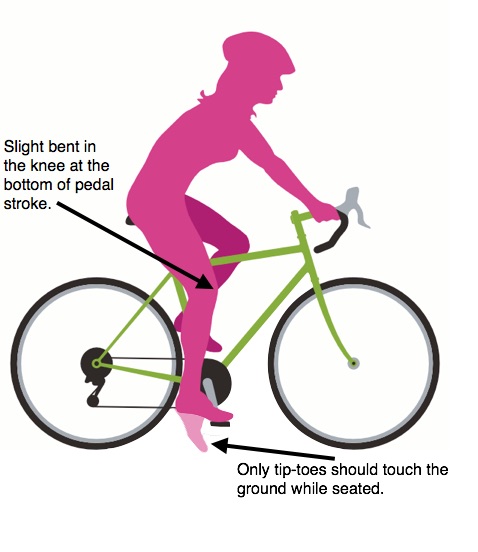
First time riders should consider taking a rider safety course. Ride Safe!
If you’ve been searching for information on a kids ATV like me, there is a lot out there.
So what I’ve done is put together the complete parents guide to buying an ATV for Kids.
Everything you need to know is on this page, covering how to choose the right ATV for your kids, ATV safety, ATV maintenance and how to ride an ATV. I then go through the best ATV’s available for all ages at all costs in the buying guide.
So long as you follow this guide, buying a kids ATV is easy.
Jump To My Recommended Affordable ATVs From $597
An ATV, or four wheeler or quad, is an all-terrain vehicle designed to go off-road and take you on fast-paced adventures a normal vehicle could not.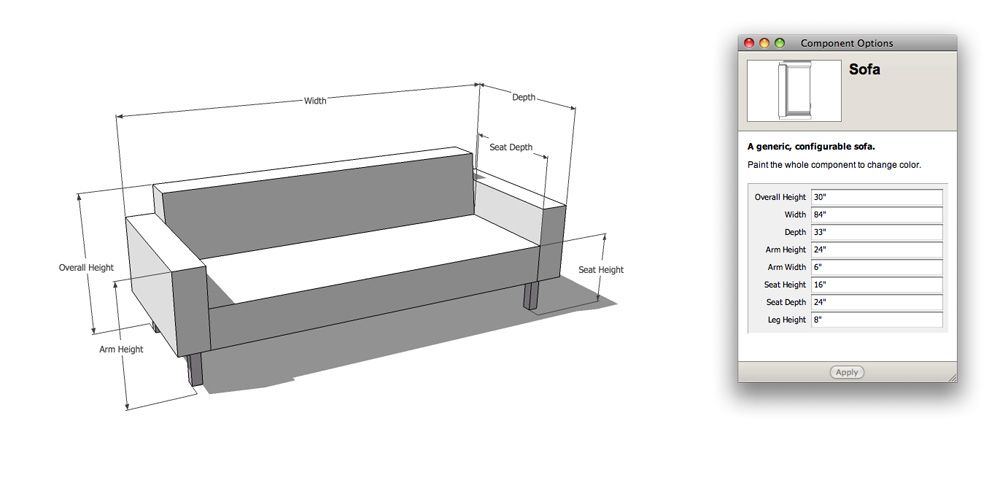
A kids ATV is an ATV that is designed with a kids form and function in mind, prioritising their safety.
A kid should never ride an adult ATV until they meet the physical requirements and are mature to handle that type of vehicle. There are various ATV sizes out there to make sure your kid has a great fit, which I cover below.
These are the reasons why I chose to buy my kids an ATV.
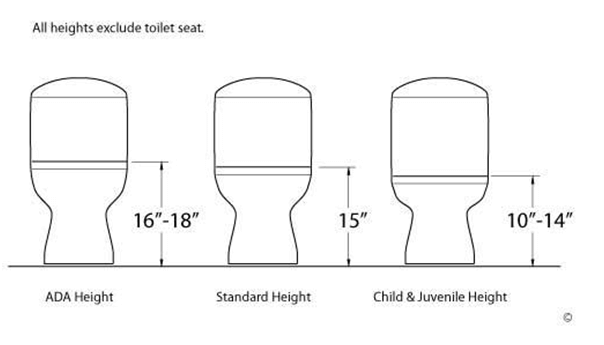
I go into more detail on kids electric ATVs here, but it’s worth mentioning in this guide as you will no doubt have seen both electric ATVs and gas powered ones.
Electric ATVs are great for young kids – under 6 year olds can ride them as they are very slow (more of a toy than an actual ATV to be honest).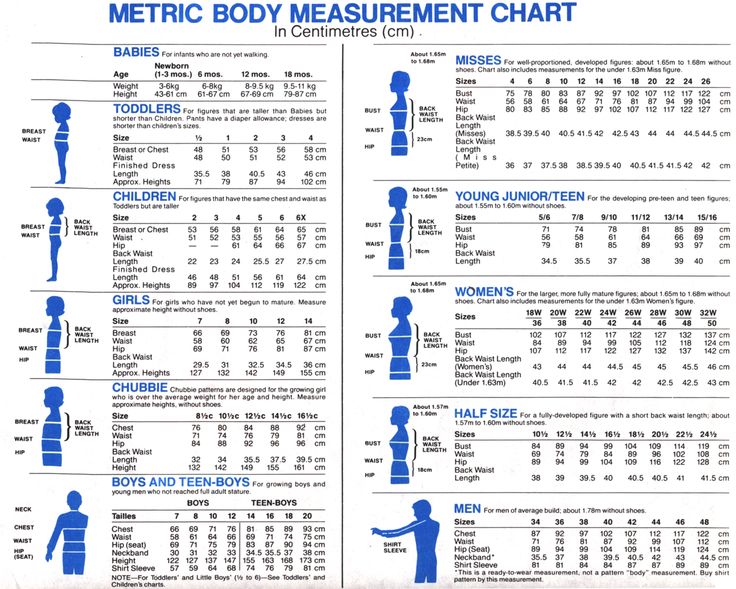 For kids under 8 there are a great choice of electric 4 wheelers, which can reach speeds of up to 15 mph.
For kids under 8 there are a great choice of electric 4 wheelers, which can reach speeds of up to 15 mph.
Electric ATV’s are great for beginners to learn how to control and ride very safely. There are less moving parts (no engine, just a battery) so they require less maintenance. Also they’re very quiet and great for the environment.
It’s when kids get a bit older, they are likely to outgrow them, as gas powered kids ATVs are much more powerful and faster. The only exception to this rule is the TomRide ATV range, but you’ll be paying a lot for a powerful electric ATV (double the amount of a gas powered one).
Also gas powered ATVs for kids are a great way to learn about mechanics and engine maintenance.
My Advice – a Kids Electric 4 wheeler is great for the 6 year old range – it requires less maintenance and children can build up confidence to ride from a young age. As they are quiet, they are less scary than a noisy gas ATV.
Gas Powered kids 4 wheelers are an inevitability as kids will outgrow the limitations of the electric ATVs.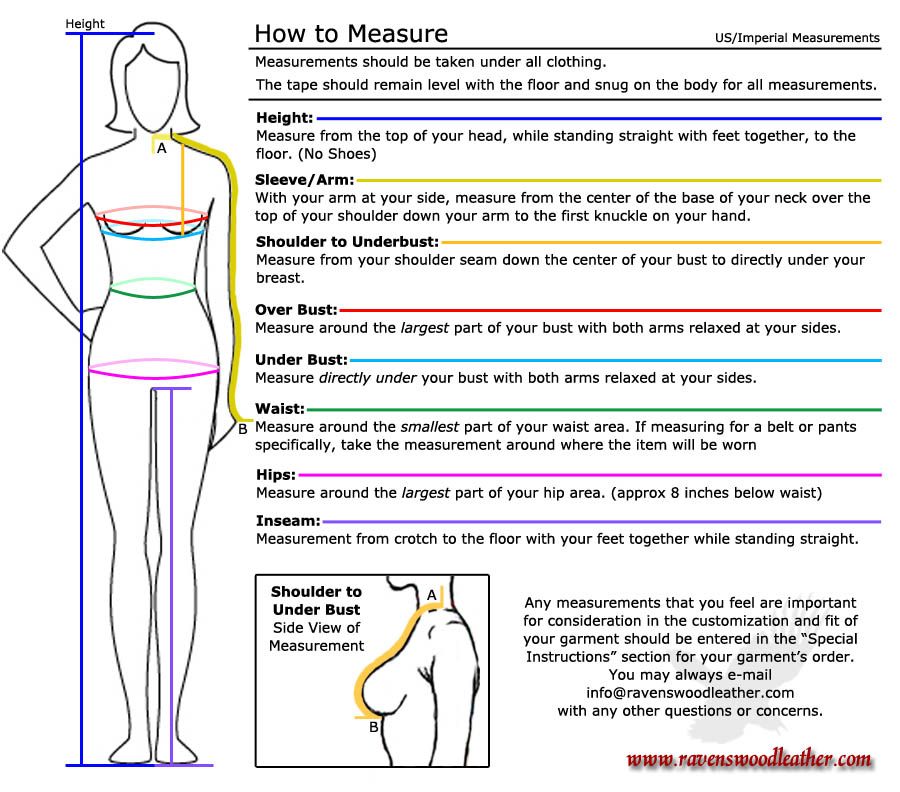 You can skip the electric option altogether as there are 50cc Kids ATVs that are designed for 6 year olds.
You can skip the electric option altogether as there are 50cc Kids ATVs that are designed for 6 year olds.
Overall – For me, I would advise that if your child is a bit nervous towards riding an ATV but wants to do it, go electric. If you have a more adventurous child, go gas. From 8 years old, gas powered all the way.
When it comes to kids ATVs it is so important to know that you need your kids to have the right size four-wheelers. This not only will keep your kid safe but also all the other riders around them. Be sure to also only have the right number of kids per vehicle and make sure they have an ATV that matches their skill levels.
Children under the age of six should not be driving proper ATVs, so keep that in mind. If you’re youngest is eager to go for a ride, don’t give in, it isn’t safe for them to drive an adult or kids ATV, even as a passenger – instead there are plenty of low speed electric Kids ATVs that are pretty much classed as backyard toys which we cover in the Buying Guide segment of this article.
Guidelines to a good fit on a kids ATV include:
If your kid can answer “No” to any of these questions posed then it means your child does not fit the kids ATV and they should not be driving it. If they can answer “Yes” to these questions then it should be a good fit for them and you don’t have to stress.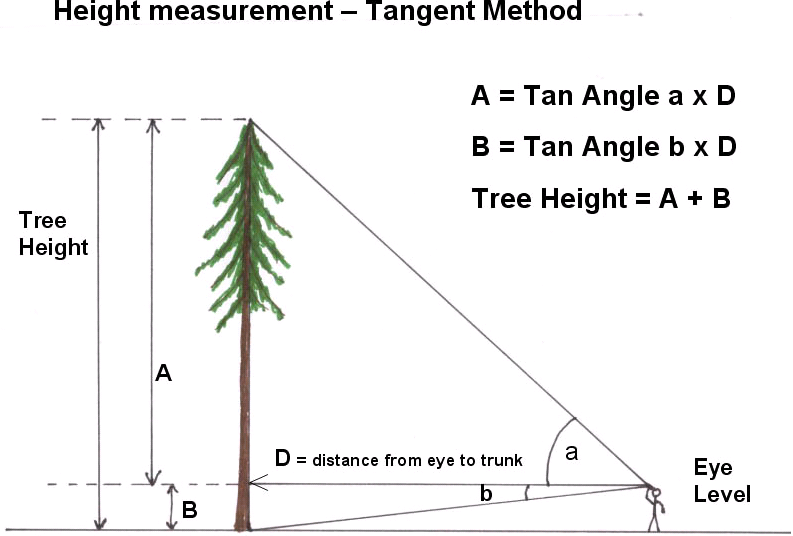
Fitting properly can make a huge difference when it comes to the ability to drive and control a kids 4 wheeler. Imagine if the kids ATV is too big for them and they have trouble controlling it. This could easily lead to accidents that could harm them or anyone around them. A better fit size wise is better for everyone else overall.
Now you know more about how to size the ATV up for your child, what power should you go for?
This debate is a bit of a grey area.
The consumer Product Safety Commission recommends that children from 6-11 shouldn’t ride ATVs with an engine larger than 70cc.
So why are certain engine sizes built for different sized kids? It comes down to the child’s maturity and the parents responsibility.
Kids come in all shapes and sizes and a child’s confidence, ability and judgment is not directly related to their height.
Some 8 year olds can handle a 110cc.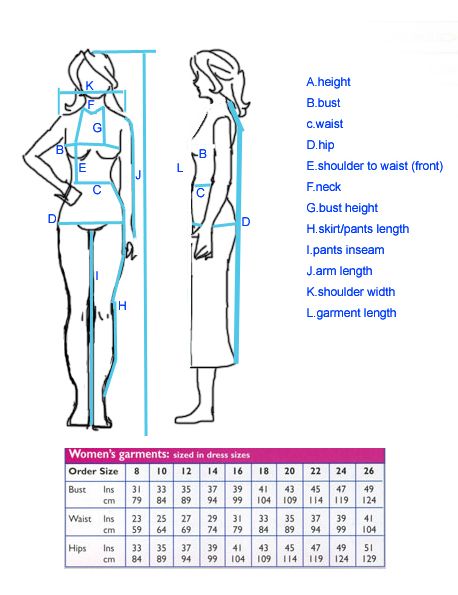 Some can’t (hence why limiters are put on youth ATVs to control the speed.
Some can’t (hence why limiters are put on youth ATVs to control the speed.
My Advice:
Bottom line is that you should have an ATV that the kid can handle responsibly and physically. Never buy an ATV that they can ‘grow into’, and under no circumstances should they ride an Adult-sized ATV. The ATV should be at maximum around 3-4 times the weight of the child. If possible, go to a test track or ATV day out for your little one to compare sizes.
Buying a big brand ATV for kids is recommended, however they can be extremely expensive. Polaris ATVs for example are very popular, however the kids versions start at $2000 up to around $4000. Hondas are around $3000.
As a parent, I wasn’t prepared to spend $3000 dollars on an ATV that my child may or may not take to, or will grow out of quickly during a growth spurt.
So I searched online and found the following ATVs on Amazon that are designed for kids from $597.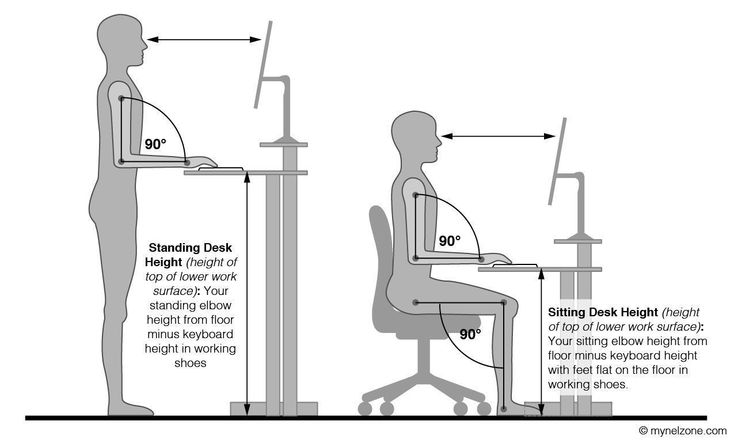 These are great for parents wanting to get an AFFORDABLE ATV for kids as a great starter option.
These are great for parents wanting to get an AFFORDABLE ATV for kids as a great starter option.
They are Chinese built and have been perfect for my kids, one of which has had the 110cc version for the last year and a half. The engines are bullet-proof, in the sense that they are super reliable. They are basically Honda clones and cost a quarter or less of the price than big brands.
Tip – it’s worth noting that 99% of the affordable ATVs on Amazon and online are all the same model, just given different names by their US supplier. Example, the Tao Tao and X-Pro are the same, just their price is different depending on who is selling it. I’ve found the lowest cost for you for the same ATV, so you don’t have to.
Disclaimer: These are just guidelines, your child may be shorter or taller than average, so it is best to measure up and see what they can handle. I know a 7 year old who owns a 125cc because he is way taller than average! Please be a responsible adult when choosing an ATV – know your child’s limits.
This is the lowest engine size you will find for a kids 4 wheeler and a great ATV for 6 year olds and up.
This is a 4 stroke 40cc ATV, with a chain transmission meaning that there’s no gears to shift between, just twist the throttle and ride.
The engine is a pull start (like a lawnmower), which means you may have to start it for your child if they don’t have the strength to.
Brakes have a front and rear disc brake, stopping really well.
There’s a kill switch attached to the handlebars, which means the rider should wear it just in the case of falling off at any point, the ATV engine cuts out.
The only downside is that there is no remote kill switch and the steering is a little tight.
It is a good little ATV, however it is very small and you may find that your child will outgrow it quickly, or they are big enough for the 110cc below.
Check Here for the Best Price on Amazon
Engine/Drive Chain Engine: 40cc, 4-Stroke, single cylinderTransmission: ChainStart Mode: Pull StartMax Speed: 22 mile/hTank capacity: 1.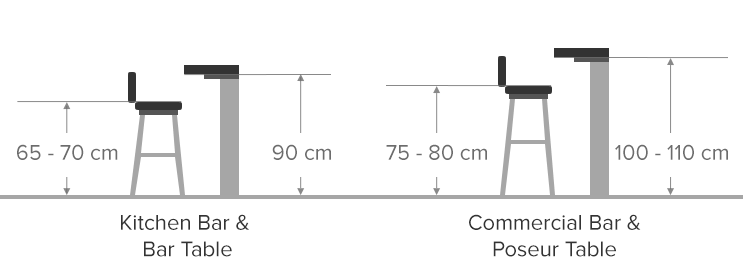 8LFrame /Body/ Suspension / Brakes Front Brake: DiscRear Brake: DiscFront Tire: 4.10-6 Rear Tire: 13*5.00-6Capacities / Dimensions Max Load Weight (lbs) : 165 lbsNet Weight (lbs) : 88Gross Weight (lbs) : 97 Carton dimension (inches): 30*22*19″Seat Height(inches): 22.44″
8LFrame /Body/ Suspension / Brakes Front Brake: DiscRear Brake: DiscFront Tire: 4.10-6 Rear Tire: 13*5.00-6Capacities / Dimensions Max Load Weight (lbs) : 165 lbsNet Weight (lbs) : 88Gross Weight (lbs) : 97 Carton dimension (inches): 30*22*19″Seat Height(inches): 22.44″
Check Here for the Best Price on Amazon
Below is a video of the ATV in action (ridden by a much younger child than I recommend mind you).
So this is my favourite ATV for children and great for those too big for a 50cc engine. Personally this is the perfect starter ATV for a number of reasons.
The 4 stroke, single cylinder 110cc has a fully automatic engine, meaning no shifting.
The starter is electronic, meaning your child can easily start it by themselves.
You’ll get a remote kill-switch, which is great for parents to hold onto incase you feel your little one is getting a bit carried away or is in trouble.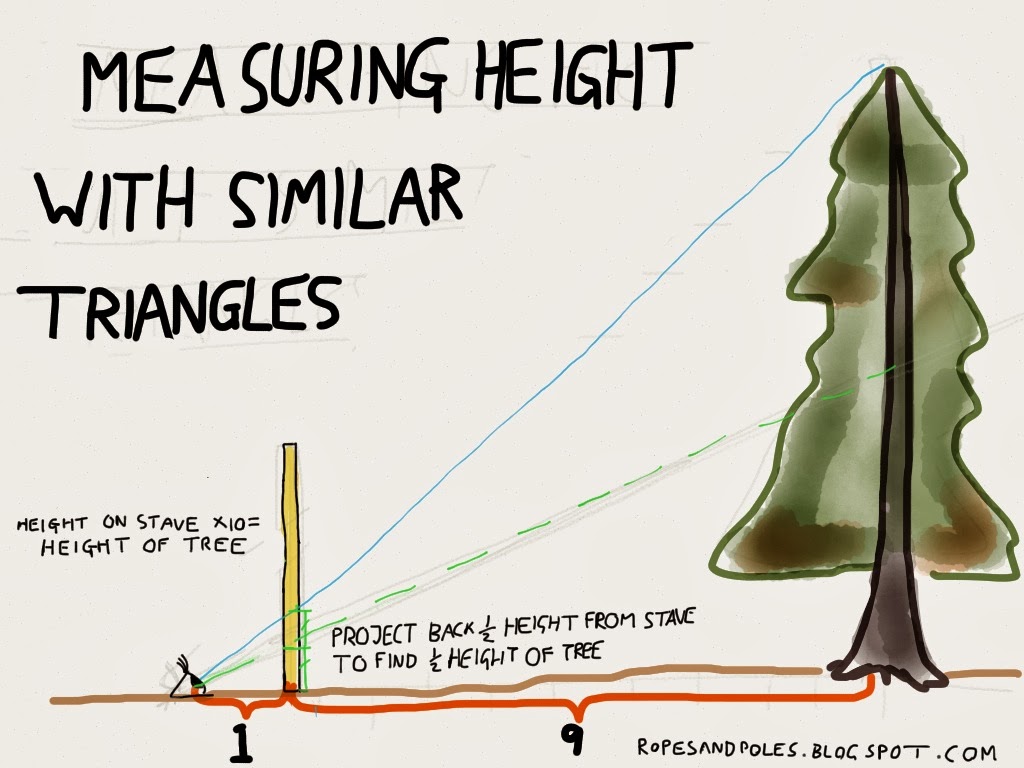 A quick press of the button allows you to stop their engine from afar.
A quick press of the button allows you to stop their engine from afar.
This youth ATV comes with a speed restrictor (governor) with 3 different speed settings, meaning you can build up the speed as the rider gets more confident and able to handle higher speeds on the ATV.
Check the Best Price for the TaoTao ATV on Amazon
Another nice touch is that it comes with working headlights and a rear rack, though I wouldn’t advise for them to carry anything on it until they are comfortable riding normally.
The ATV comes 85% assembled, so you’ll have to add the handlebar brackets, all 4 wheels and rear shock and battery when you receive it. There are videos below on how to put it together.
Parts are easy to come by too, so if you do need to replace anything, you can contact the support team or buy them on Amazon if you know what you need.
The ATV is really reliable, tackling mud and snow very well. Just remember to keep your ATV clean after riding.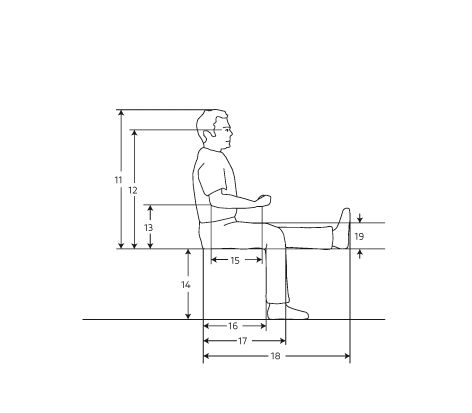 Overall, this is a perfect starter option and the best I’ve found online for this price.
Overall, this is a perfect starter option and the best I’ve found online for this price.
Horsepower: 6.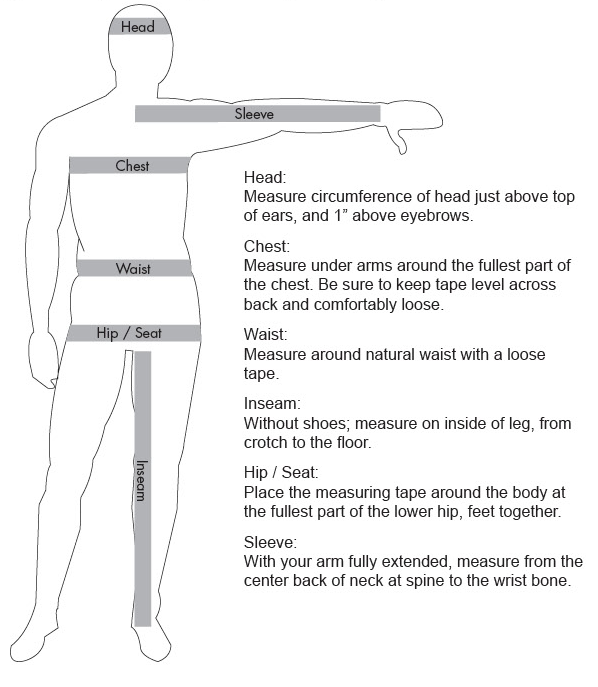 7 hp
7 hp
Engine Type: Single Cylinder, 4-Stroke
Cooling: Air Cooled
Drive System: Chain
Piston Displacement: 107cc
Bore and Stroke: 2.06 inches x 1.95 inches
Compression Ratio: 8.0:1/9.0:1
Maximum Power: 5.0/8000kw/r/min
Maximum Torque: 6.5/6000N.m./rpm
Starter: Electric
Transmission: Automatic
Length: 53 inchesv Width: 30 inches
Height: 34 inches
Seat Height: 22 inches
Wheelbase: 31 inches
Ground Clearance: 3.3 inches
Front Tires: 145/70-6
Rear Tires: 145/70-6
Ignition: CDI
Maximum Speed: 28 mph
Net Weight: 158.7 lbs
Gross Weight: 176.4 lbs
Battery: 12V
Frame: Steel
Wheel Type: Steel
Engine Oil Capacity: 0.75 gal
Front Suspension: Double A-Arm
Rear Suspension: Single Swing Arm
Packing Size: 46*27.5*24.5/44*27*26
Check the Best Price for the TaoTao ATV on Amazon
Here’s a selection of videos going into loads more detail than I have on the 110cc Tao Tao.
If you’re child is after something a little bigger with more bite, then the next range up from the 110cc is the 125cc X-Pro.
This is basically a deluxe version of the 110cc. The engine is a 4 stroke single cylinder, but pumping out 125cc instead. It has a electronic starter, massive 16×8 tires for great traction and strong front and rear suspension.
It has a remote kill-switch for parents and a speed restrictor. This is something you’re going to want to use, because this ATV can go fast – up to speeds of 50mph without restriction, so make sure your kid is careful when riding.
Extras that come with this model are headlights and tail lights, a really comfy seat and front and rear racks, plus you get free goggles, gloves and spare handgrips.
If you have the extra money, this is a couple hundred dollars more than the 110cc and is the luxury model of youth ATVs for a great price.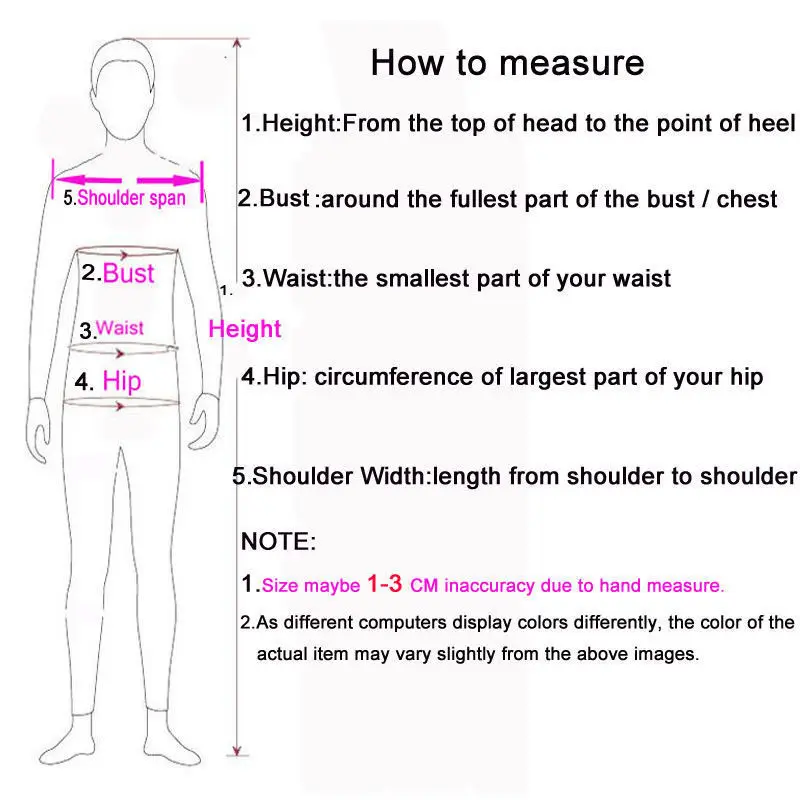
Engine/Drive Chain
Engine: 125cc,4-Stroke
Cylinder Arrangement: Single
Transmission: Automatic
Reverse Gear: Yes
Final Drive: Chain Drive
Bore × Stroke: 54×54
Compression Ratio: 9. 1:1
1:1
Max Power(Kw/r/m): 6.2Kw/7000
Max Torque(N·m/r/min): 9.0/5000
Ignition: CDI
Start System: Electric
Max Speed: 35+ (Depending on Riders Weight and Road Conditions)
Battery: 12V/5Ah
Frame /Body/ Suspension / Brakes
Suspensions: Hydraulic shock absorber Front Hand Brake: Drum
Rear Foot Brake: Disc
Front Tires: 16X8-7
Rear Tires: 16X8-7
Capacities / Dimensions
Max Loading(Lbs): 154
Gross Weight (lbs): 220
Net Weight (lbs): 187
Overall Length: 60.2″
Overall Width: 37″
Overall Hight: 34.6″
Packing Size: 52.8 x 32.3 x 25.2″
Wheelbase: 35.4″
Seat Height: 27.6″
Ground Clearance(inch): 2.6″
Fuel Capacity: 2.2L
Safety / Control
Engine Kill Switch: Yes
Speed Limiter: Yes
Remote Control: Yes
Headlight: Yes
Tail Light: Yes
Check Here for the Best Price on Amazon
Here are a selection of videos showing you the 125cc in action.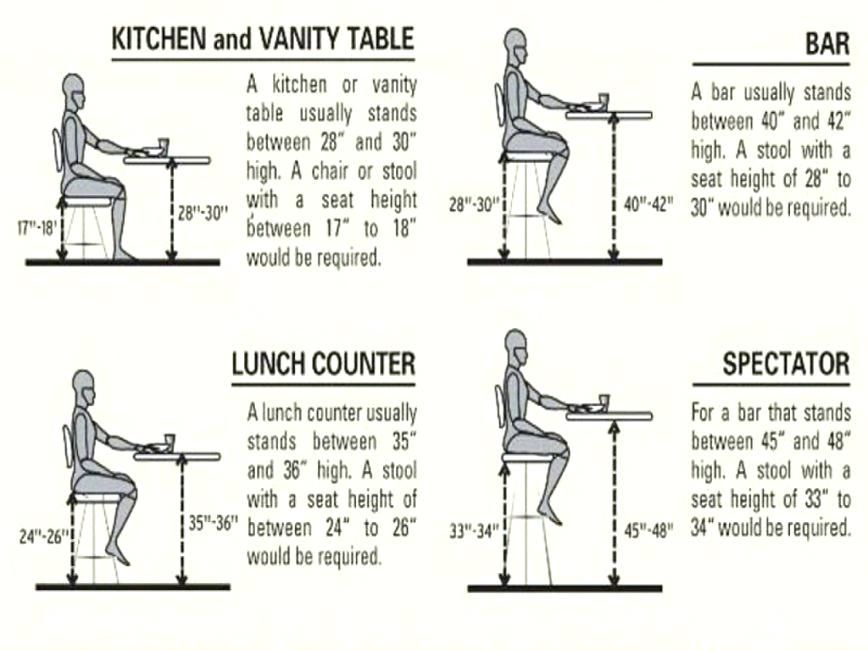
Before kids can get riding, they need to know all about ATV safety, and so do you.
There are quite a few things to consider when it comes to kids ATV safety, including the proper gear, the right fit for the ATV, and more.
As a good parent, you are sure to want to know all the possible details, so we have compiled the best safety practices for you and your kid to follow when it comes to riding a kids 4 wheeler.
Sure, there is danger in any experience, but the thrill has always overpowered the danger. Limit any risks your child may be taking by making sure they are 100 percent up to date on how to properly ride their kids ATV.
You might be wondering how likely it is that your precious wild child could hurt themselves in an ATV accident, but really the main risk is if they don’t follow proper safety procedures. Approximately one-third of the ATV accidents from 1982 to 2002 were of riders age sixteen and under.
Approximately one-third of the ATV accidents from 1982 to 2002 were of riders age sixteen and under.
Generally, when it comes to accidents with kids aged 16 and under there are plenty of associated factors to bring into the big picture.
Some of these factors include:
So if your child is aware of these factors and how they can contribute to accidents and fatalities, then there should be no issues regarding their ATV safety overall.
It can be scary to think of all the accidents your kid could get into while riding a kids ATV, but just be sure to remember that they could get hurt walking down the street or in your car as well..jpg.326b05965b80ea1bc5a8b7b7e25c2930.jpg) There are all sorts of unpreventable accidents and mishaps every day.
There are all sorts of unpreventable accidents and mishaps every day.
Just be sure to arm your child with common sense and the proper instruction and you will be doing all you can to ensure their safety in any task they perform.
Before your child even gets on their ATV, this is the basic gear that every ATV rider needs to have:
A helmet is the most important piece of safety gear for any kid hopping on an ATV. You can’t just pick up any old bike helmet from the store either, it needs to be specific for the type of riding your kid will be doing. Many ATV sales come with a proper ATV helmet with your purchase, so there should be no excuse for your kids to not have one. I go into loads of detail in my Kids ATV Helmet Guide here.
The proper helmet should fit fairly snug and not wobble around when your kid moves their head in any direction.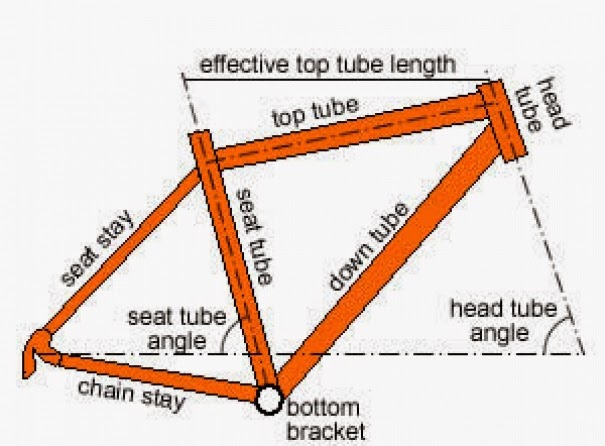 The chin strap should fasten securely and fit in a firm and comfortable manner. A loose chin strap loses the safety that you want to bring with wearing a proper helmet.
The chin strap should fasten securely and fit in a firm and comfortable manner. A loose chin strap loses the safety that you want to bring with wearing a proper helmet.
The label should state that it has been safety approved by these groups:
A proper kids ATV helmet must be able to:
Yeah, your kids are probably excited and ready to get on the four-wheelers and go for their first ride, but you need to be sure to teach them a few things to check before they ride each time. This is quick, essential, and easy to remember, so make sure they are paying attention.
T-CLOC is the easy little acronym that is there to help with your basic safety check. T-CLOC stands for:
Tires and Wheels- You want to check your tire pressure because it can cause damage to your wheel or make your kids 4 wheeler harder to maneuver. It’s very simple to check your tire pressure, just get a low-pressure gauge and teach your kid how to use it. Also, make sure that there are not any leaks and that all their axle nuts are tight and ready to go.
Controls and Cables – Double check all the controls to make sure they are working fine, especially the throttle and brakes which control your ride. Just ensure everything is in working order.
Lights and Electrics – This one is super easy, just check that the ignition and engine stop switches are working and that the headlights and taillights don’t need new bulbs.
Oil and Fuel – Always be sure to check that you have enough fuel to get where you’re going, and stock up before you head out.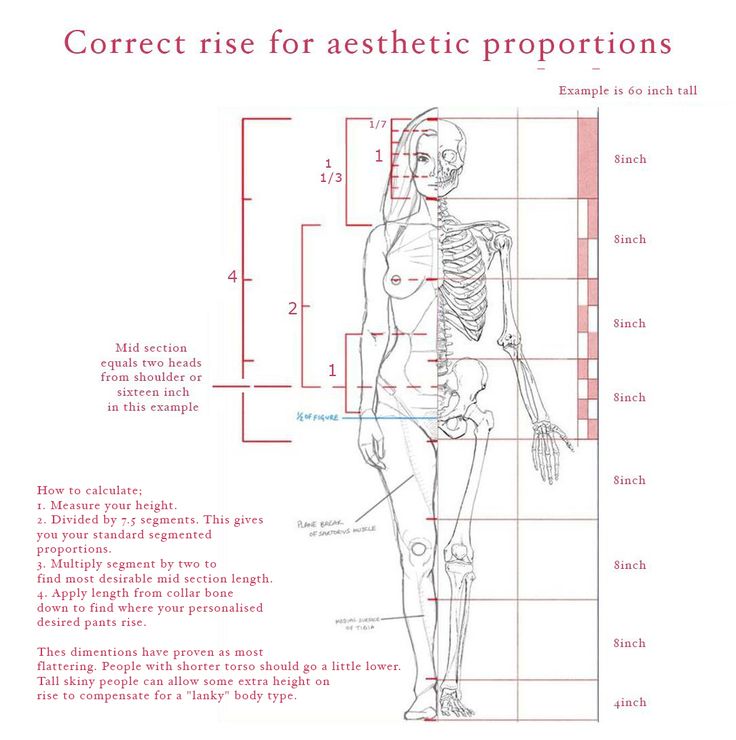 A quick oil check is recommended as well because you don’t want to suffer from not having enough oil.
A quick oil check is recommended as well because you don’t want to suffer from not having enough oil.
Chain/Driveshaft and Chassis – Make sure your chain is fitted properly to your ATV and is well lubricated, as this keeps the connection between your wheels and engine. Riding a kids ATV around rough terrain can commonly loosen all sorts of connecting nuts and bolts. Just be sure everything is tight and nothing is rattling around.
This is an easy checklist to give your kid to go through, and it is like having them take care of a horse after a ride. They should learn all the ins and outs of their ride and take care of it themselves, and it will make them more attuned to their overall safety.
Make sure that your kids really know all about kids ATV safety, especially when it comes to speed. They shouldn’t go too fast because it can be easy to roll over a four-wheeler, which is the biggest danger present. Staying at a steady and decent pace is the best way to remain in control.
Most kids ATVs have speed restrictors that you can choose from and can include:
 ATVs are meant to have a single passenger only, and when it comes to kids ATV safety this is even more important because the kids 4 wheelers match up to specific heights and weights. If you overburden the ATV it is more likely to flip or roll during a sharp turn or decline, and you risk injuring both passengers. Kids may want to show off for their friends, but make sure they understand the risks related and that it could end up killing them both.
ATVs are meant to have a single passenger only, and when it comes to kids ATV safety this is even more important because the kids 4 wheelers match up to specific heights and weights. If you overburden the ATV it is more likely to flip or roll during a sharp turn or decline, and you risk injuring both passengers. Kids may want to show off for their friends, but make sure they understand the risks related and that it could end up killing them both.
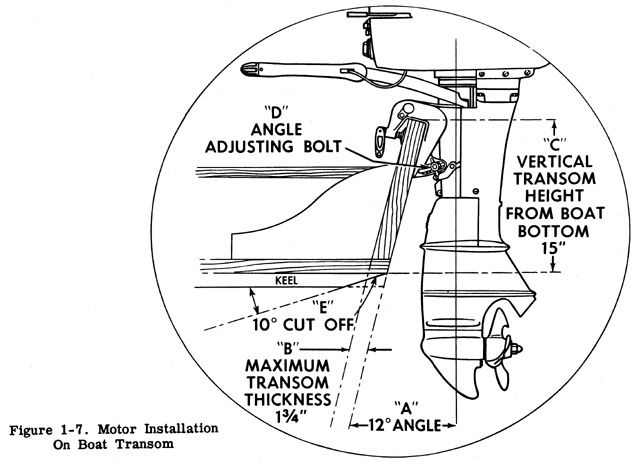 One time without your helmet just because you’re sweating a bit can mean a death sentence. If it’s really that hot then maybe it just isn’t the best day to ride.
One time without your helmet just because you’re sweating a bit can mean a death sentence. If it’s really that hot then maybe it just isn’t the best day to ride.
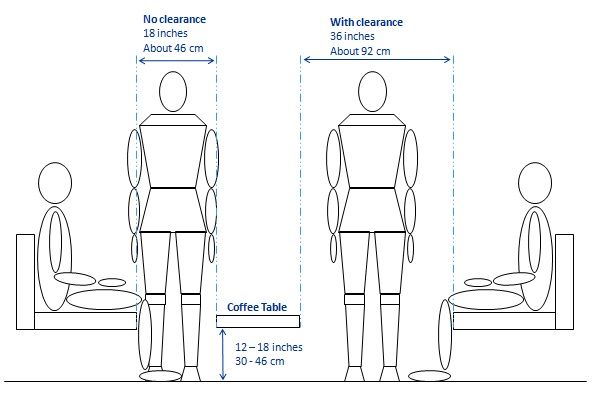 Any time your child goes out to ride they should make sure to tell an adult where they are going. This is because accidents can strike at any moment, and they are never planned. Having a rough idea about where they were going to ride and hang out means if they don’t come home on time the search area is a lot smaller than it would be otherwise and they are more likely to be found sooner. When you are injured or trapped under an ATV then you would definitely be grateful that you told someone where you were going.
Any time your child goes out to ride they should make sure to tell an adult where they are going. This is because accidents can strike at any moment, and they are never planned. Having a rough idea about where they were going to ride and hang out means if they don’t come home on time the search area is a lot smaller than it would be otherwise and they are more likely to be found sooner. When you are injured or trapped under an ATV then you would definitely be grateful that you told someone where you were going.
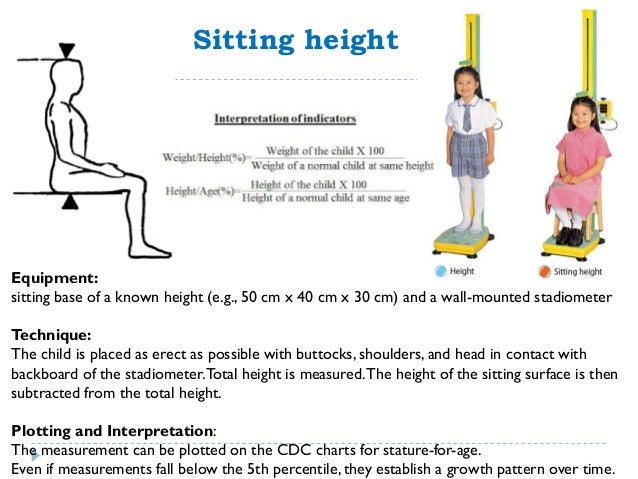
Like learning any new skill, learning how to ride 4 wheelers for kids requires the rider to get the basics down first and have plenty of practice.
Below I’ll go through the a summary of how to ride a Kids ATV, however if you’re wanting a more in-depth guide that goes in to more advanced techniques and how to tackle various terrain, check out my full detailed article on How To Ride An ATV for Kids.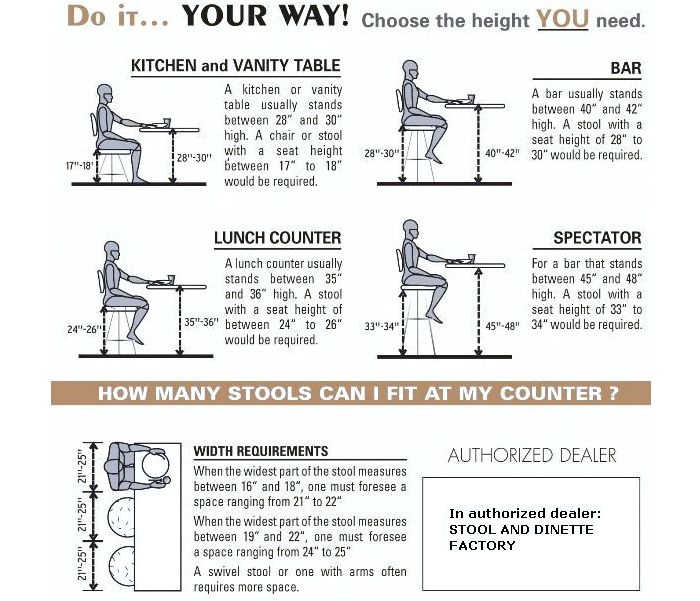
When you learn how to drive, first you need to get the basics down. These are:
Starting The ATV – Pretty obvious, but learn how to start the ATV using the instruction manual, as ATVs are all different. Usually it’s a button, key or a combination of both.
Posture – Your bodyweight plays a huge role in riding an ATV, learning how to shift your weight when taking a corner or riding up a hill is paramount. For example, shifting your mass into the corner keeps the Kids ATV stable.
Throttle Control – This takes practice, but your kids will get the hang of it quickly. Too much throttle, accidents can happen – so make sure you put the Kids ATV limiter on to the lowest setting when starting out.
Turning – Like I mentioned earlier, turning comes part and parcel of utilising bodyweight and handlebar control. Never accelerate or brake when turning.
Standing Up – When your child becomes more confident on their kids 4 wheeler, standing up actually helps a lot with bodyweight control and some of the more advance techniques, like traversing different terrain, hills and jumps.
Reverse – I would leave reverse at the lowest option on the limiter. You don’t need to go fast in reverse!
Riding Uphill– Essentially when you approach a hill, you’re going to need to speed up and lean forward to compensate for weight distribution.
Leaning back or just sitting in the same position as you were riding on a flat area will result in the ATV wanting to tip back, especially if you are increasing the throttle to get up the hill. Leaning forward whilst sat down will help when going up a small incline, however if it is a steep hill, you’re going to want to stand up and lean forward.
Riding Downhill – shift to a low gear and ensure that you are riding on a straight path, despite the terrain. Shift your body weight to the back of the ATV so as to have it control the vehicle.
Riding Through Snow – be really, really careful on snow.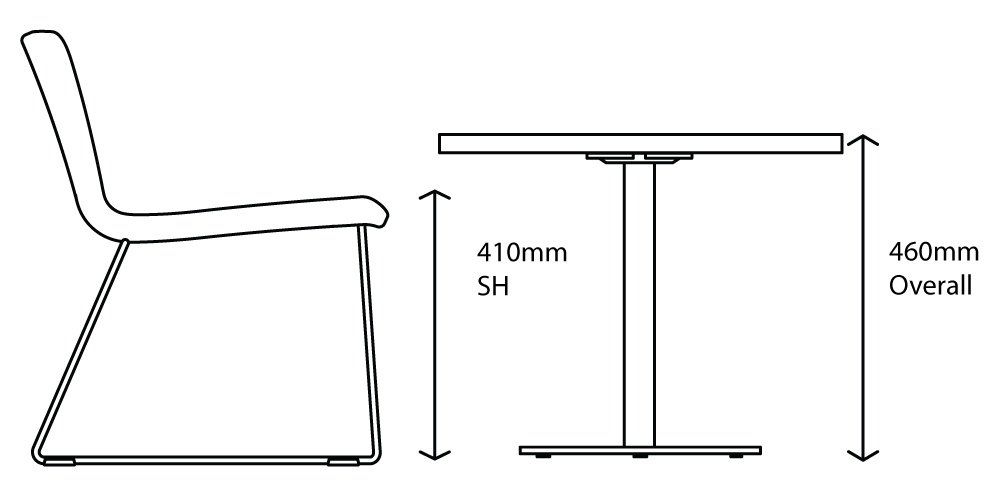 Know where you and your kid are riding at all times – driving into a snow drift or hole/ravine is super dangerous for obvious reasons. Also no driving on frozen water. Try and follow tracks of the person in front of you and therefore, always make sure the most experienced rider is in front.
Know where you and your kid are riding at all times – driving into a snow drift or hole/ravine is super dangerous for obvious reasons. Also no driving on frozen water. Try and follow tracks of the person in front of you and therefore, always make sure the most experienced rider is in front.
Riding Through Mud – this is great fun, just note there is more to clean up when riding through mud quickly than slowly… One thing is just be aware of who you’re flinging mud at behind you. Also, avoid driving through large pools of muddy water, you could get stuck or ruin the engine.
Riding over Obstacles – Always ride slowly over obstacles, never quickly. Also, always make sure the obstacles are safe to ride on. If the obstacle moves or breaks, there could be an accident.
When the young ATV rider gets more confidence and experience on the trails or track, they may want to learn a few tricks.
Disclaimer: these are things a kid can do, but only when you think your child can handle it mentally and physically.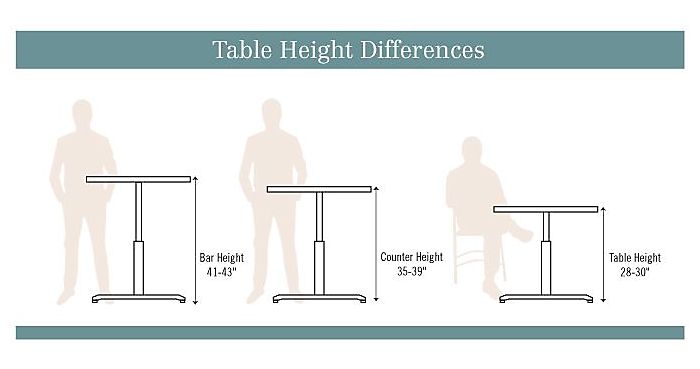
Quick Turns – These are fairly straightforward to do, it just requires a good understanding of the youth ATV and what it is capable of. It’s all about control of the steering, gas and brake.
Wheeling – This is where throttle control comes in to play. To wheelie, the rider should apply the throttle and lean back. The front tires will raise off the ground – how quickly will depend on how quick they are on the throttle. To0 little and it will lift for a moment, then come down. Too much, then you’re falling off the back of the ATV. Finding that balance is key.
Doing Jumps – This is where your bodyweight and posture are key. Taking off, you want to keep a steady speed up at the jump, with your body stood up, posture poised. Whilst briefly in the air, keep the throttle steady. Landing it using the back wheels first, then the front. Any other way will cause damage to the kids ATV, or the rider.
For a more detailed overview on how to ride an ATV for kids, check out my article here.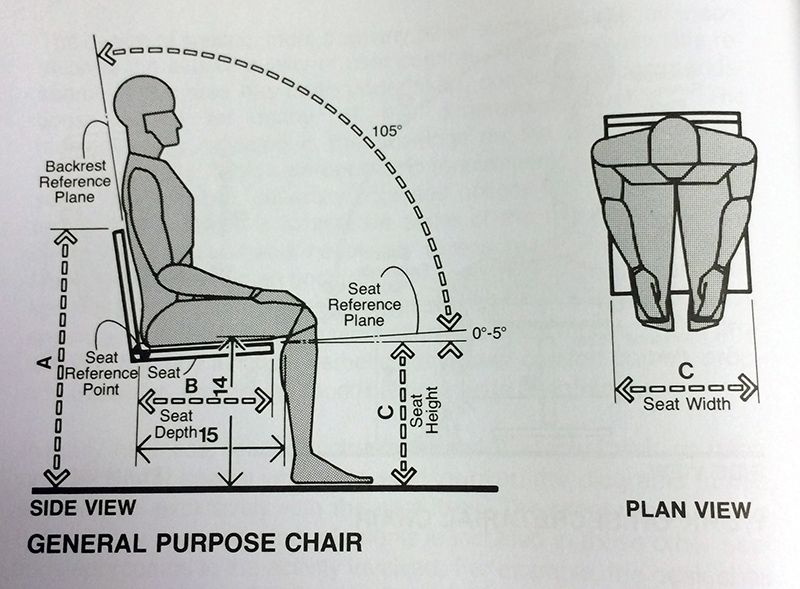
Check Out The Tao Tao Boulder Kids ATV on Amazon
Uncategorized paxusAdmin
Motorcycle seat height is important when choosing and riding a bike. What do you need to know about seat height?
Seat height is the measurement (usually in millimeters or inches) from the lowest point of the motorcycle saddle to the ground when the bike is upright (ie not on a side or center post). But this figure may vary depending on the suspension. settings; for example, if the bike is set up with more preload, it may sit higher and sit less when the rider is leaning on the saddle. We advise you the website of the company replacement-corrugation-muffler. Moscow, here you can order the replacement of the Ford muffler corrugation.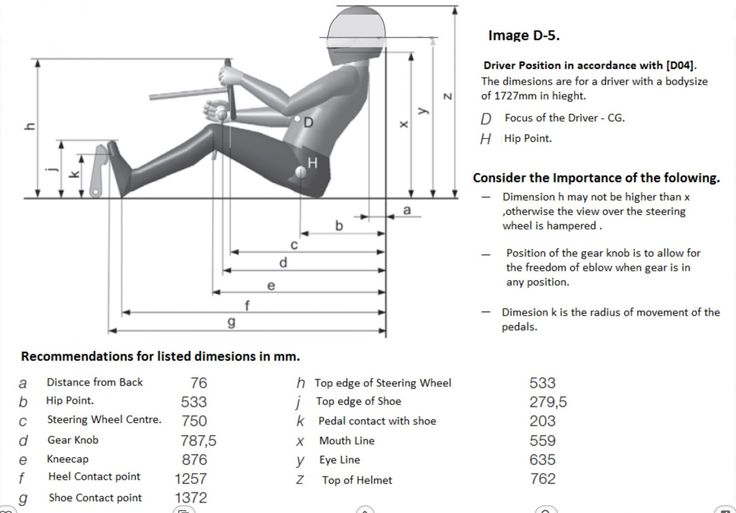
Replacing muffler corrugation
+7 (495) 142-09-55
measurement of the inseam, that is, the distance between your crotch and the ground.
Saddles come in a wide variety of shapes, sizes and heights because each type of motorcycle has a different purpose - and therefore a function. As a direct result of motorcycle engineering and styling variables, motorcycle saddles take on many different forms that affect the rider's ability to reach the ground.
Cruisers tend to have the lowest seat height as their engines are usually narrow in-line v-twins that sit in front of the driver. This leaves plenty of room for the saddle to be closer to the ground.
Sport bikes tend to have higher saddles because the higher ground clearance allows the bike to lean more into turns. The transversely mounted multi-cylinder engines typical of sport bikes can also create a tighter package resulting in higher seating.
Off-road vehicles, dual-purpose bikes and supermotos have increased suspension travel, which can smooth out uneven surfaces. More suspension travel also raises the overall height of the bike and, of course, the saddle. But as you'll see below, you don't always have to rate off-road bike seat height at face value.
More suspension travel also raises the overall height of the bike and, of course, the saddle. But as you'll see below, you don't always have to rate off-road bike seat height at face value.
It's easy to get hold of the numbers on the spec sheet, and motorcycle manufacturers often use the seat height numbers as a sales tactic, as lower numbers open the door to more potential buyers. Some manufacturers even have a filter on their websites that highlights bikes with the lowest seat height. Sometimes a figure only tells half of the story.
Off-road bikes have narrow saddles that allow more leg extension. Even though their seats are tall, seat height figures can be misleading because their narrow saddles actually make it easier to touch the pavement. On the other hand, sportbikes often have wider saddles because the rider sits over a transversely tuned multi-cylinder engine, which requires a wider surface area. The width usually makes it difficult to reach the ground because the rider's legs have to stretch around a large, flat area of the saddle.
The width usually makes it difficult to reach the ground because the rider's legs have to stretch around a large, flat area of the saddle.
Is the lesson here? Take your seat height numbers with a grain of salt, as nothing beats sitting on a motorcycle and figuring out how easy it is to touch the ground.
There's a certain amount of confidence in having both feet firmly on the pavement at the traffic lights, but this is definitely more of a luxury than a necessity. Your choice of bike should be completely in line with your personal comfort level, and the best way to explore it is to get on the bikes and see how they feel.
You will notice that the weight of the bike has a big effect on how easy it is to keep it upright. If the bike is light, you can hold it by standing on your fingertips. Heavier bikes may require you to stand with your foot flat. If you're trying out the bike on level ground, you should also keep in mind that stopping or parking on uneven pavement (or where the road has a "crown", i.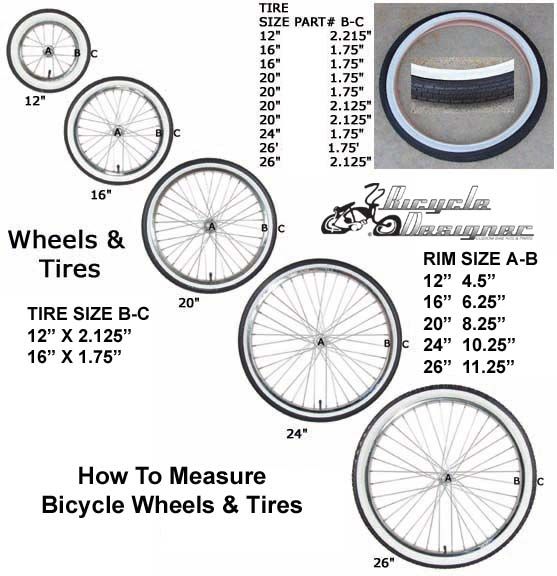 e. slopes on the sides) will require more reach.
e. slopes on the sides) will require more reach.
After all, there is no magic formula for seat height; it is an individual preference best determined by your comfort level and personal taste.
Shorter riders will notice that their choice of leg protection affects their ability to touch the ground; Not only do boots provide better crash protection, but their thick soles will also help you make contact with the pavement.
Another way to increase legroom is to move the bike away from the side you are going to put your foot on. This way the bike will lean slightly and you can effectively form a tripod that provides a steady stop until it's time to roll again.
There is also a good chance that an additional saddle will be available for your bike, which will lower your height and make it easier to touch the ground.
Many riders rush to lower their bike's suspension without thinking. In addition to changing ride height, dropping a suspension also affects ride height, shock compression, wheel travel, and suspension geometry. ..all of which typically result in poor handling. While one should not lower the bike and expect unusual handling characteristics, it is advisable to avoid suspension modifications and find other ways to address the seat height problem.
..all of which typically result in poor handling. While one should not lower the bike and expect unusual handling characteristics, it is advisable to avoid suspension modifications and find other ways to address the seat height problem.
The size of the chair directly affects the convenience and comfort of the seated person, so it is necessary to pay due attention to the choice of this piece of furniture. The main criteria will be the features of the customer's physique, the purpose of the chair, the room or room for which the item is purchased. Depending on this, chairs can be divided into several groups.
Kitchen chairs are available in different shapes and colors. They are made of wood, metal, plastic and even glass.
Keep in mind that kitchen items often get dirty, and if you have fabric upholstery, it will deteriorate over time, so it is better to consider more practical options.
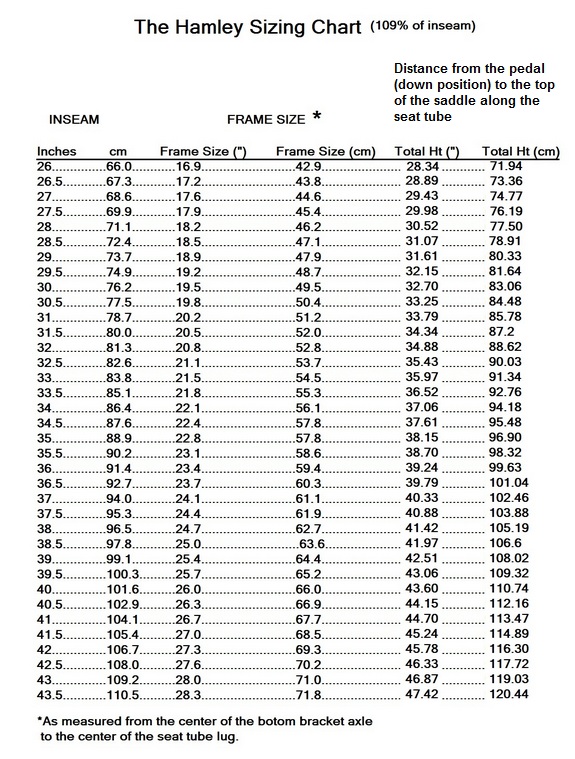
The height of the kitchen chairs must match the height of the table. This is an important indicator of comfort, and although many sellers may tell you that they are all the same, in fact, this is far from the case.
In accordance with the standard GOST indicators (for a table 72-78 cm), the dimensions may vary:
Bar counters will have different stool heights. Here you also need to consider the level of the surface on which you will sit.
Depending on this, the size from the tile to the seat will vary between 750 and 850 mm. The width of the seating surface should start at 460 mm and the depth at 320 mm.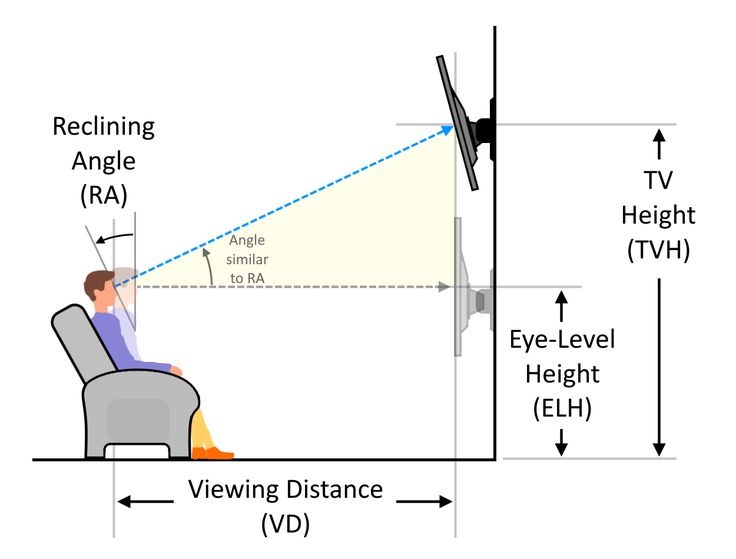 The tilt radius will be 450 mm for standard models and 220 mm for lumbar.
The tilt radius will be 450 mm for standard models and 220 mm for lumbar.
In bar models, a footrest for support will be a useful accessory. If you have a kitchen worktop height of 90 cm, then the bar model for seating will be 65 cm.
Nowadays, both tables and chairs can be made to order. The master will take into account all the individual features of the customer's physique: he will measure height, weight, lower leg and hip part of the body.
These chairs will not only make you feel comfortable, but also save your spine from scoliosis.
Tables and chairs of this type are more comfortable than ordinary kitchen ones. Usually restaurants use semi-chairs or chairs with armrests. This creates more convenience and comfort, but takes up less space than when placed in chairs.
It also allows you to save space in the hall and seat more people. However, it must be remembered that the width of one seat must be at least 500 mm so that a person feels comfortable at the table.
Restaurant models can be fitted with a reclining back for a more relaxed posture and easier communication. Also, these chairs are wider, deeper, higher than the standard options. At the same time, one should not forget about the convenience of the waiters. To do this, the height of the object should not exceed 1000 mm.
When choosing a work chair, you need to know that the required height of a chair for eating and working is different. Most modern models have the ability to adjust the height and depth of the seat, the position of the back, but there are models on four legs with a back that is strongly reclined. For most people, this position is not comfortable.
It is not comfortable to sit at your desk all the time, "lounging", and if you straighten up and sit without support, then by the end of the working day you will have a severe backache.
SanPiN recommends the following standard when choosing the right chairs for subordinates:
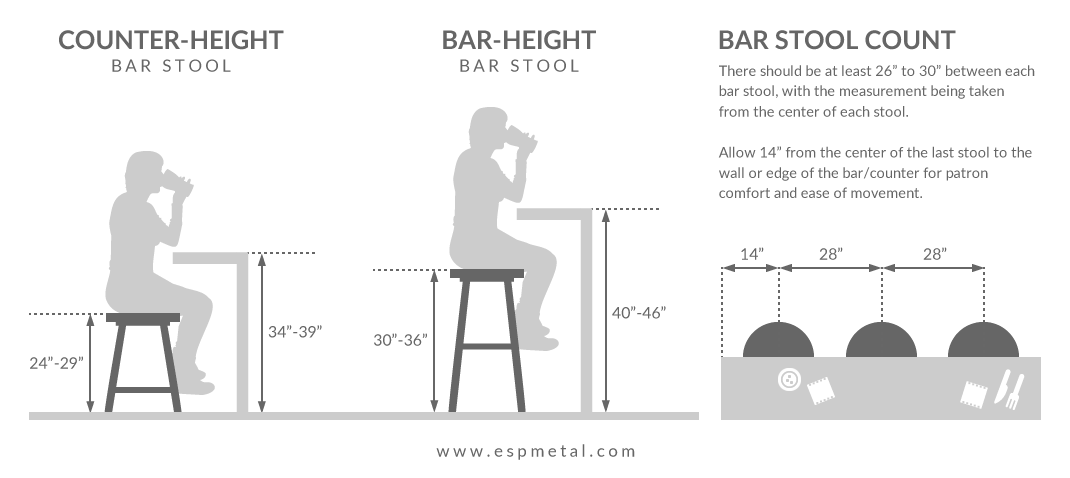
Showing care for the wards, choose models from natural fabrics so that your back does not sweat in hot weather, and with headrests so that you can relax your neck muscles from time to time. All this will affect the quality of work of employees
Choosing the right chair for a child is especially important, since from childhood you need to take care of the formation of the correct posture. Also, from too small a piece of furniture in a child, blood circulation may worsen, and from a large one - vision.
As with adults, the size of the highchair depends on the table and the height of the child.
When choosing a child seat, follow these guidelines.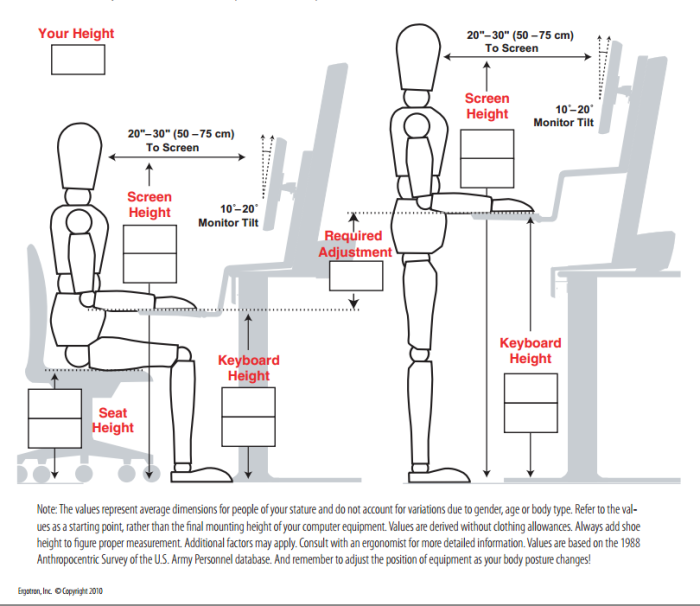
If you have purchased a chair that needs to be enlarged, you can make a wooden base for it, which should be securely fixed. If you want to lower the model, then you need to cut the base with a jigsaw, if the selected product allows this.
Nowadays, there are so-called "growing" chairs that allow you to adjust the height of the seat relative to the floor.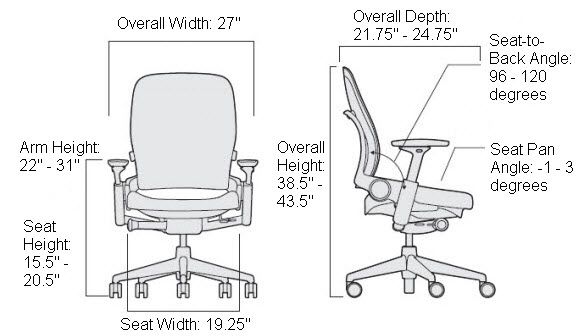 Such models are cost-effective, as they allow you to use them for a long time.
Such models are cost-effective, as they allow you to use them for a long time.
How to choose the right ergonomic chair, see the following video.
If you decide to buy factory-made furniture, before going to the store it is better to calculate these dimensions "for yourself". First of all, decide what size the table will be. If you are purchasing a new table, then you need to decide on its choice, and then take on the rest of the furniture. There is some standard formula for calculating, which will be discussed below.
First, measure your height and the height of other family members. You need to calculate the average height of your household. It is taken as the arithmetic mean of height. For example, your height is 178 cm, the average family height is 167 cm. Next, we take the ratio: 178 * 75 (standard height) / 167 \u003d 79.9 cm. This will be the ideal kitchen table height.
Now subtract from the resulting figure from 40 to 45 cm (depending on height: the higher the person, the closer to 45 cm).